This list, without intending to be extensive, seeks to present some of the main space missions that have had as their main purpose the exploration of a celestial body in the inner, outer Solar System, or beyond the Solar System. All of these missions have not been manned, however they have managed to send us an enormous amount of data, either through images or technical data, including robots and probes that have managed to land on other worlds.
Indoor Solar System
| Mission | Release year | Aim | Referential image | Link |
|---|---|---|---|---|
| Mars Phoenix | 2007 | Destined to land and remain statically at one of the poles of Mars, in order to find ice and take samples for study. | 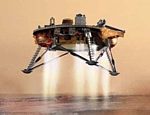 | Official Web |
| Mars Reconnaissance Orbiter | 2005 | It is expected to be able to obtain detailed information on the Martian surface, which among other objectives has the purpose of examining potential landing zones for future missions on the surface, and making transmissions for them. | 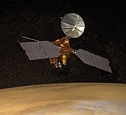 | Official Web |
| Deep Impact | 2005 | Study the comet Tempel 1 through the impact of a projectile, in order to further study the composition of the comet. It is expected to obtain very valuable data for the scientific community, including knowing the conditions when the Solar System was formed. | 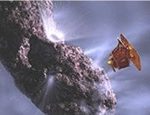 | Official Web |
| Venus Express | 2005 | The objectives of this spacecraft, launched on November 9, 2005 from the Baikonur Cosmodrome (Kazakhstan), are to study the atmosphere, the surface, as well as better understand the complex greenhouse effect that is present on this planet. | 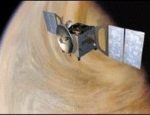 | Official Web |
| MESSENGER | 2004 | Mercury is the least studied planet, so this exploration will mean doing something that has not been done in 30 years: exploring its surroundings. This probe was designed to withstand high temperatures, because this planet is the closest to the Sun. | 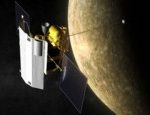 | Official Web |
| Mars Express | 2003 | Among its main objectives are finding water and knowing in depth whether there are possibilities for the planet to host life forms; We also hope to better understand the geology of our neighboring planet. |  | Official Web |
| Mars Exploration Rovers | 2003 | Using images and spectra taken daily from the Spirit and Opportunity rovers, scientists will guide the rover toward rock and soil targets of interest. Initial targets may be close to landing sites, but later targets may be targeted further away. |  | Official Web |
| Mars Odyssey | 2001 | The probe aims to carry out extensive mapping of the quantity and distribution of chemical and mineral elements on the Martian surface. Hydrogen, data on Martian radiation and other elements will be searched |  | Official Web |
| Stardust | 1999 | Rendezvous with comet Wild-2 to collect samples of interstellar dust and the comet's tail, which will be encapsulated and returned to Earth for analysis in January 2006. |  | Official Web |
| Mars Pathfinder | 1996 | Pioneering mission in the use of small planetary exploration vehicles. Their main exploration tool was a small rover called Sojourner. The mission collected pressure, temperature, and wind data just like a small weather station. | 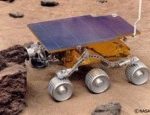 | Official Web |
Outdoor Solar System
| Mission | Release year | Aim | Referential image | Link |
|---|---|---|---|---|
| New Horizons | 2006 | The primary objectives of this mission are to study the geology and morphology of Pluto and its satellite Charon, the planet's atmosphere and the surface composition of both objects. Additionally, it seeks to study how Pluto's surface and atmosphere changes over time. | 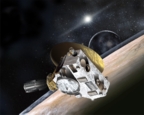 | Official Web |
| Cassini-Huygens | 1997 | The Cassini-Huygens mission is an ambitious project that seeks to carry out detailed studies of Saturn, the sixth planet in our Solar System, as well as its characteristic rings and the multiple moons that orbit this planet, with special emphasis on the largest of them all, Titan |  | Official Web |
Outside the Solar System
| Mission | Release year | Aim | Referential image | Link |
|---|---|---|---|---|
| Voyager 1 and 2 | 1977 | Study of the outer planets, as well as continuing the course to reach interstellar space and have sufficient useful life to reach the heliopause zone. |  | Official Web |
| Pioneer 10 and 11 | 1972 and 1973 | Study of the outer planets, particularly the planet Jupiter, its radiation rings and satellites, and then venturing beyond the Solar System. | 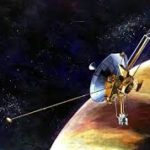 | Official Web |

